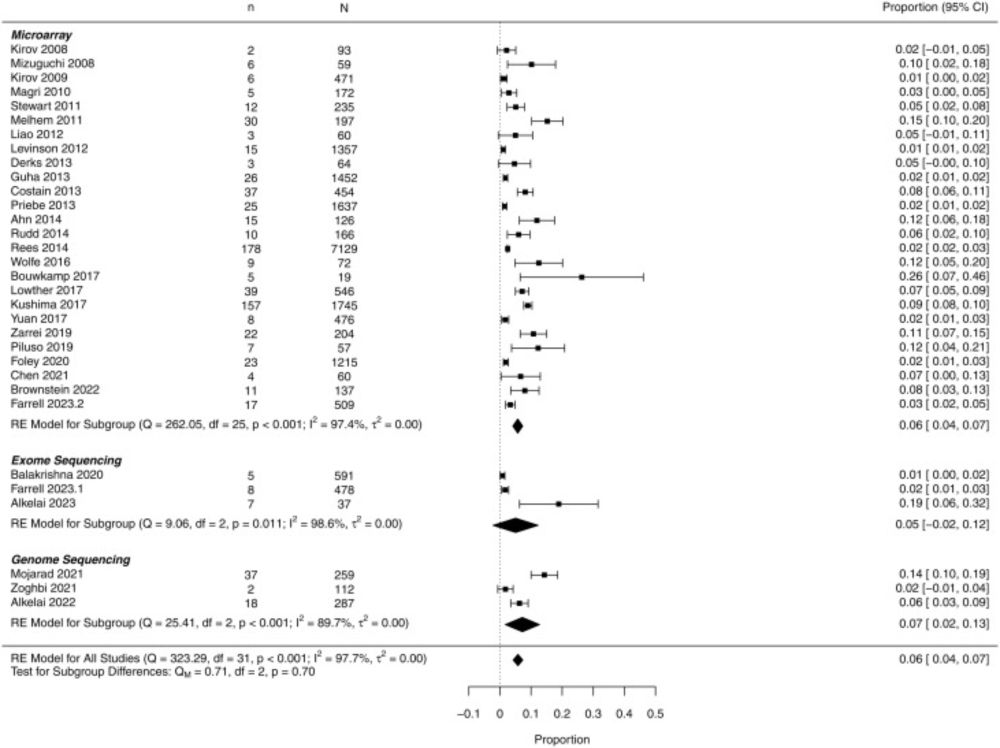Aaron Besterman
@abesterman.bsky.social
110 followers
200 following
59 posts
Child & Adolescent Psychiatry | Psychiatric Genetics| Neurodevelopmental Disorders | Precision Medicine
Posts
Media
Videos
Starter Packs
Reposted by Aaron Besterman
Aaron Besterman
@abesterman.bsky.social
· Aug 28
Aaron Besterman
@abesterman.bsky.social
· Aug 28
Aaron Besterman
@abesterman.bsky.social
· Aug 28
Aaron Besterman
@abesterman.bsky.social
· Aug 28
Aaron Besterman
@abesterman.bsky.social
· Aug 28
Aaron Besterman
@abesterman.bsky.social
· Aug 28
Aaron Besterman
@abesterman.bsky.social
· Aug 28
Aaron Besterman
@abesterman.bsky.social
· Aug 28
Aaron Besterman
@abesterman.bsky.social
· Aug 28
Aaron Besterman
@abesterman.bsky.social
· Aug 28

